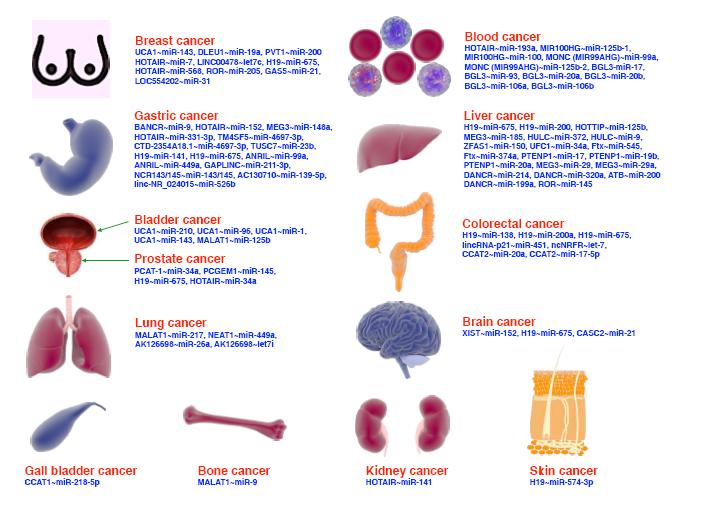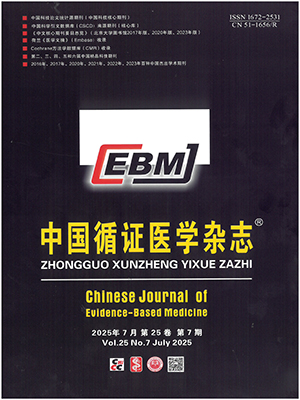| 1. |
Evidence-Based Medicine Working Group. Evidence-based medicine: a new approach to teaching the practice of medicine. JAMA, 1992, 268(17): 2420-2425.
|
| 2. |
陈静静, 潘琳敏, 周波. 循证公共卫生决策的发展与应用. 智慧健康, 2020, 6(8): 45-48.
|
| 3. |
Jiang F, Zhang J, Shen X. Towards evidence-based public health policy in China. Lancet, 2013, 381(9882): 1962-1964.
|
| 4. |
Lavis JN, Permanand G, Oxman AD, et al. SUPPORT Tools for evidence-informed health Policymaking (STP) 13: preparing and using policy briefs to support evidence-informed policymaking. Health Res Policy Syst, 2009, 7(Suppl 1): S13.
|
| 5. |
Moat KA, Lavis JN, Abelson J. How contexts and issues influence the use of policy-relevant research syntheses: a critical interpretive synthesis. Milbank Q, 2013, 91(3): 604-648.
|
| 6. |
Lavis JN, Panisset U. EVIPNet Africa's first series of policy briefs to support evidence-informed policymaking. Int J Technol Assess Health Care, 2010, 26(2): 229-232.
|
| 7. |
石振宇, 加焱冰, 徐进, 等. 我国卫生政策与体系研究的政策转化分析. 中国卫生政策研究, 2020, 13(10): 41-47.
|
| 8. |
张静怡. 循证卫生政策简报的报告规范研究. 兰州: 兰州大学, 2021.
|
| 9. |
van Raan A. Measuring science: basic principles and application of advanced bibliometrics. Springer handbook of science and technology indicators, 2019.
|
| 10. |
Fulone I, Barreto JOM, Barberato-Filho S, et al. Improving the adherence to COVID-19 preventive measures in the community: evidence brief for policy. Front Public Health, 2022, 10: 894958.
|
| 11. |
宫荣荣, 郑椰, 王一妃, 等. 新型冠状病毒(2019-nCoV)感染的肺炎社会协同防治证据简报: 公众对非药物防治呼吸道传染疾病的认识及对策研究. 医学新知, 2020, 30(2): 89-93.
|
| 12. |
苑弘弢, 高凌, 崔彦红, 等. 《卫生研究》2022年载文作者及机构分析. 卫生研究, 2023, 52(4): 623-626.
|
| 13. |
刘奕杉, 王玉琳, 李明鑫. 词频分析法中高频词阈值界定方法适用性的实证分析. 数字图书馆论坛, 2017, (9): 42-49.
|
| 14. |
张笑天, 李明月, 兰青, 等. 如何推进农村重点疾病人群基本卫生保健模式的改进: 以人为本整合型健康管理政策证据简报. 中国全科医学, 2024, 27(16): 1924-1929.
|
| 15. |
吴建, 王垠莹. 卫生项目政策简报撰写的方法与技巧: 以中英全球卫生支持项目(GHSP)为例. 中国卫生政策研究, 2017, 10(8): 76-81.
|
| 16. |
Tian C, Liu Y, Hou L, et al. Knowledge mapping of barriers and strategies for clinical practice guideline implementation: a bibliometric analysis. JBI Evid Implement, 2024, 22(4): 371-383.
|
| 17. |
Power K. The COVID-19 pandemic has increased the care burden of women and families. Sustainability: Science, practice and policy, 2020, 16(1): 67-73.
|
| 18. |
He X, Jiang P, Wu Q, et al. Governmental inter-sectoral strategies to prevent and control COVID-19 in a megacity: a policy brief from Shanghai, China. Front Public Health, 2022, 10: 764847.
|
| 19. |
Asmundson GJ, Blackstock C, Bourque MC, et al. Easing the disruption of COVID-19: supporting the mental health of the people of Canada-October 2020-an RSC policy briefing. Facets, 2020, 5(1): 1071-1098.
|
| 20. |
Cantarutti A. The McMaster health forum. 2009.
|
| 21. |
Petkovic J, Welch V, Jacob MH, et al. The effectiveness of evidence summaries on health policymakers and health system managers use of evidence from systematic reviews: a systematic review. Implement Sci, 2016, 11(1): 162.
|
| 22. |
Moat KA, Lavis JN, Clancy SJ, et al. Evidence briefs and deliberative dialogues: perceptions and intentions to act on what was learnt. Bull World Health Organ, 2014, 92(1): 20-28.
|
| 23. |
Yu X, Wang Q, Moat K, et al. Development of a STandard reporting guideline for Evidence briefs for Policy (STEP): context and study protocol. Health Res Policy Syst, 2022, 20(1): 82.
|
| 24. |
The SURE Collaboration. SURE guides for preparing and using evidence-based policy briefs. 2011.
|
| 25. |
Research to Action. The global guide to research impact.
|
| 26. |
International Centre for Policy Advocacy (ICPA). An essential guide to writing policy briefs. 2017.
|
| 27. |
The University of Iowa. Writing and disseminating policy briefs. Injury Prevention Research Center, 2017.
|
| 28. |
World Health Organization. Evidence briefs for policy: using the integrated knowledge translation approach: guiding manual. 2020.
|
| 29. |
李秀霞, 韩雪梅, 杨克虎. 循证卫生政策的发展与展望. 图书与情报, 2018, (3): 43-49.
|




